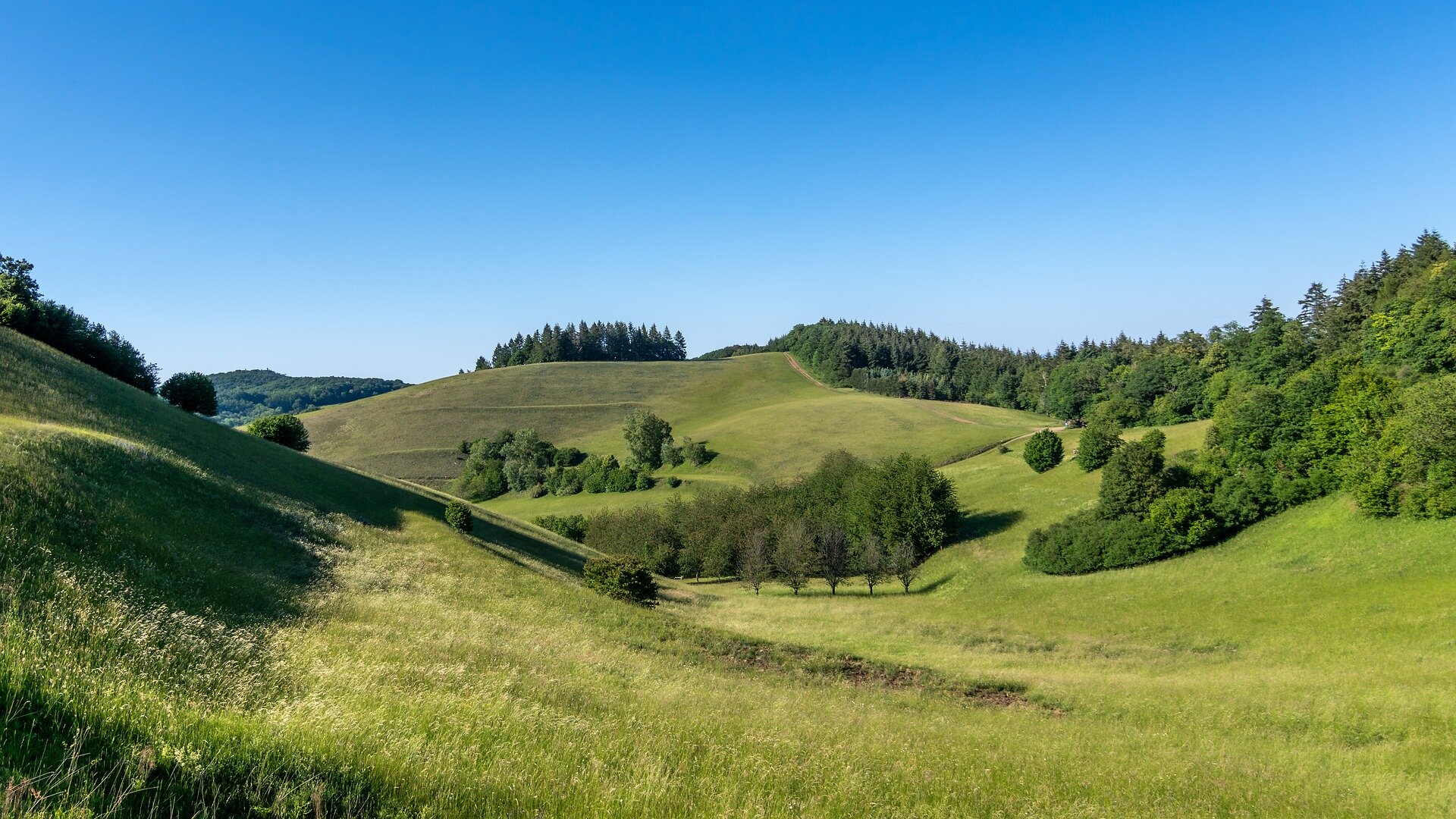
Nature conservation
Much is being done to preserve and protect the natural beauty.
The Kaiserstuhl is known throughout Germany for its fauna and flora and outstanding biodiversity. Especially the heat-loving species feel at home here. Important habitats are orchid dry grasslands, deep hollow paths and dry forests. The large contiguous meadow and orchid dry grasslands in the central Kaiserstuhl near Oberbergen and Schelingen with the Badberg and Haselschacher Buck nature reserves are impressive in terms of landscape. The vine slopes with extensive field hedges, dry grasslands and the hollow paths that criss-cross the slopes like green veins represent a huge biotope network system that links the habitats with each other and contributes significantly to the natural diversity of the Kaiserstuhl and Tuniberg.
A lot is being done to preserve and protect the natural beauty. Committed winegrowers and the municipalities take care of the vineyard slopes, because nature-friendly use is the best way to protect nature. They are supported by landscape conservation associations, which support the landscape maintenance measures in close cooperation with the authorities, apply for subsidies and train the winegrowers on the way to a differentiated care of the habitats. Very important for biodiversity is the nature-friendly viticulture practised by the winegrowers today. The use of pheromones against grape berry moth pests, for example, has improved butterfly populations. This is a joint effort by the winegrowers.
The higher nature conservation authority of the regional council looks after the 16 nature conservation areas and commissions, for example, the maintenance mowing of the areas. This is done in such a way that rare animal and plant species are promoted and strips of old grass are left for the regeneration and overwintering of animals. The diversity of the mowing of the steep slopes becomes very clear during a hike on the Badberg.
Land consolidation is now being implemented according to ecological principles, after many valuable habitats such as hollow paths and dry grasslands were destroyed in the 1980s. During the land consolidation of recent years in Schelingen (Kirchberg), Oberbergen (Krummer Graben), Oberrotweil (Ebnet), Achkarren (Schneckenberg) and Ihringen (Schlichten), numerous loess beds for the bee-eater and wild bees have been newly created, the embankments are being planted with special dry grassland seeds, nesting houses for the hoopoe and numerous dry stone walls have been built to lay a good foundation for the future positive development of biodiversity. The existing biotopes such as field hedges, dry grasslands and hollow paths are being preserved and as many areas as possible are not being changed. Biodiversity and nature as well as the winegrowers and land managers can thus benefit equally.
The contact persons for nature conservation in the Kaiserstuhl are the landscape conservation associations of the Breisgau-Hochschwarzwald and Emmendingen districts, the lower nature conservation authorities and the higher nature conservation authority of the Freiburg Regional Council.